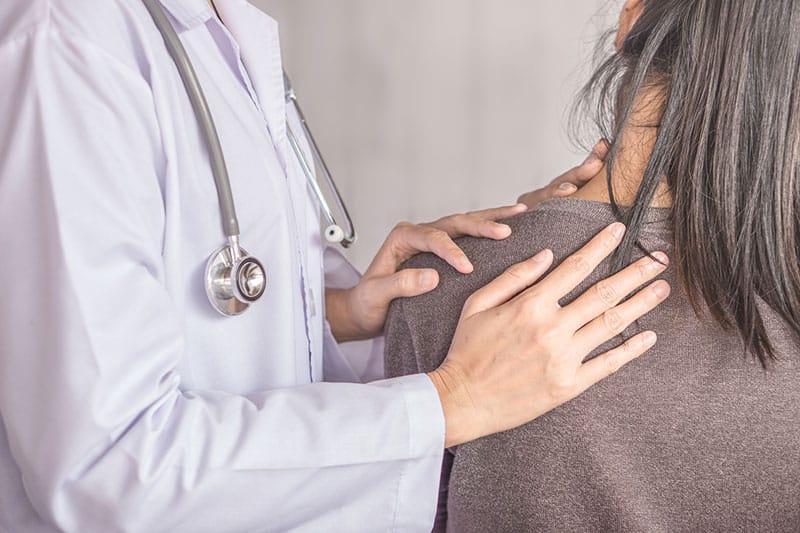All physicians go through extensive training in order to care for you. Osteopathic physicians, or DOs, learn an additional skill during their medical education that gives them another technique for diagnosis and treatment.
Osteopathic manual medicine, osteopathic manipulative medicine, or just plain old “OMM” — whatever you want to call it — is used to treat a variety of common conditions. It can be used in combination with other treatments or as a standalone treatment.
If you've never seen a DO, you may not even know it's an option. But there are many times where you can benefit from the hands-on healing of a doctor of osteopathic medicine.
What are the benefits of osteopathic manual medicine?
You get better! Just like any other treatment prescribed by your doctor, OMM is meant to resolve your health problem. One of the major benefits of OMM is that it can be done right in the office. It's not invasive and it doesn't come with the side effects of medication. You may be a little sore for a day or two, but that's it.
Osteopathic manual medicine is an option if you have:
- Headaches. Many people are plagued by intense or chronic headaches. A study from The Journal of the American Osteopathic Association shows that OMM treatments can help reduce the pain and duration of migraines.
- An injury. Traumatic injuries can lead to health issues long after the initial trauma. OMM can help you recover from a concussion, whiplash or other aftereffects from a traumatic event. It can also resolve injuries from stress, sports or overuse.
- Pain. Acute or chronic, pain is one of the most common conditions treated with osteopathic manual medicine. DOs use OMM to help you manage pain in your neck, back and shoulders as well as joint pain from arthritis.
- Anything that doesn't respond to conventional treatments. Chronic infections, neurological disorders, respiratory problems and gastrointestinal issues can leave you searching for answers after a while. OMM can help resolve the ongoing symptoms of these issues when other things haven't worked for you.
How does OMM work?
Technically, osteopathic manual medicine isn't a single technique. It's actually a series of them designed to manipulate the structural and functional issues in your bones, joints, tissues and muscles. Depending on what — and where — your health problem is, there are 40 specific OMM techniques that help resolve your issue.
The general idea behind osteopathic medicine is that every part of your body is connected. So your condition should be treated as such. Tightness or restriction in your nerves, muscles or joints may be a result of other problems — or lead to different ones.
DOs use their hands to first check for these related issues, then correct them by moving your joints and pressing on your tissue. By restoring functionality to one part of the body, it can lead to healing in another.
How do I find a doctor of osteopathy who does OMM near me?
There are more than 6,600 physicians licensed to practice in Iowa. Of those, more than 1,000 are osteopathic physicians. All of them were trained in osteopathic manipulative medicine. Not all of them use OMM in their everyday practice. So, often, the only difference between an MD and a DO is the two letters after their name.
Like MDs, DOs can specialize in anything from Allergy and Immunology to Vascular Surgery. But some, like Waukee Family Physician April Kolb, DO and Altoona Family Medicine Physician Ashley Taliaferro, DO, undergo even more training to master their OMM skills and use them throughout their careers. Drs. Kolb and Taliaferro believe it's another tool in their toolbox to offer more comprehensive healthcare.
Resources like Doctors That DO allow you to search specifically for osteopathic physicians in your area or doctors who had a residency or board certification in OMM. But the easiest way is to ask. Contact your local clinic to learn which doctors have these additional skills or talk to your primary care provider about your treatment options.
One thing to keep in mind is that OMM appointments take slightly longer than a regular appointment – typically you’ll need about 30 minutes. If you’re wanting to see one of our OMM providers, please call for your appointment and mention that you’d like to be seen for OMM. This will allow our staff to book you for the appropriate amount of time.
